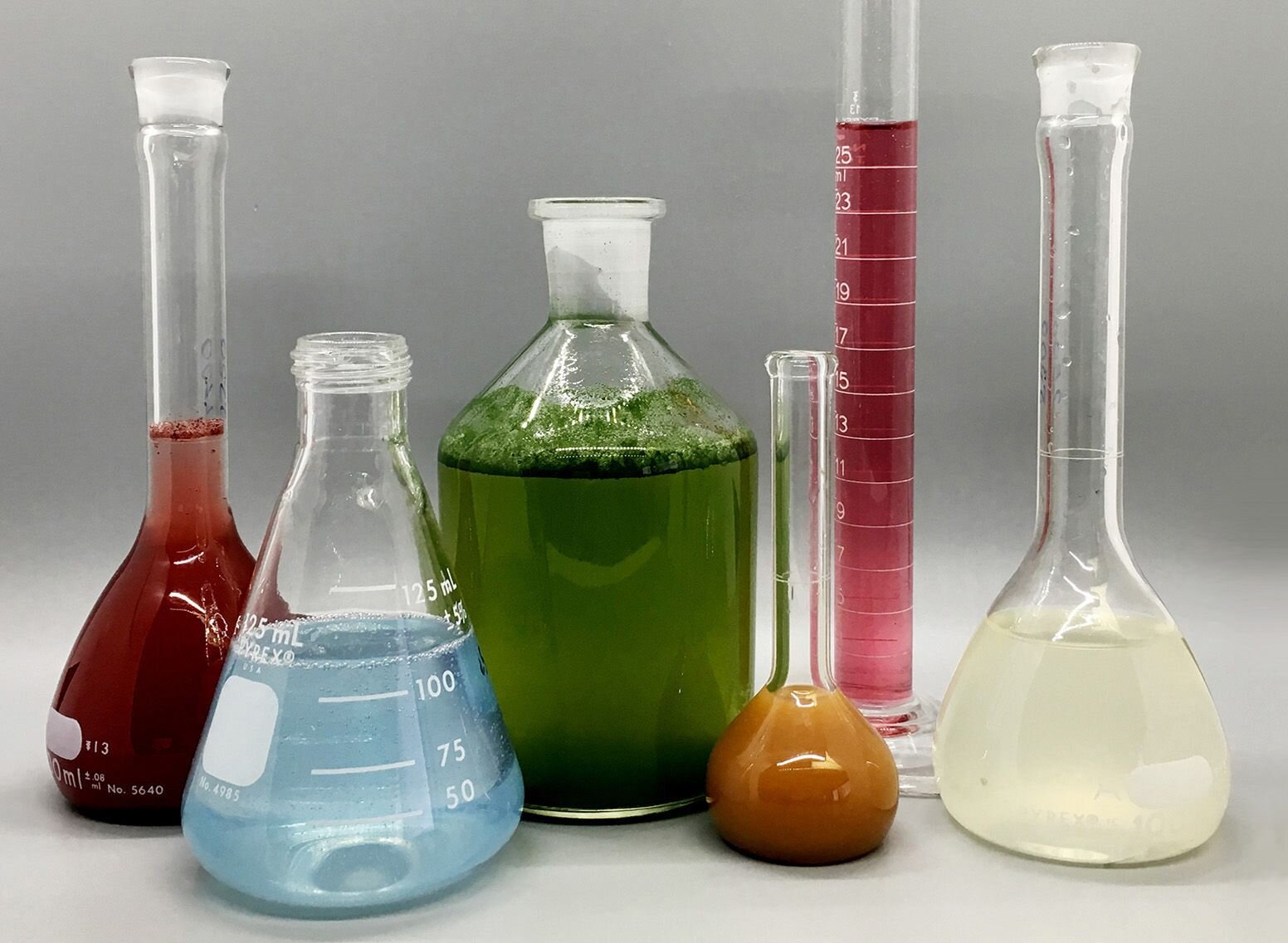The 10-Second Trick For Spectrophotometers
The 10-Second Trick For Spectrophotometers
Blog Article
The Facts About Spectrophotometers Uncovered
Table of ContentsEverything about Circular DichroismNot known Factual Statements About Uv/vis What Does Spectrophotometers Mean?See This Report on SpectrophotometersFacts About Circular Dichroism Uncovered

Spectrophotometry is a tool that hinges on the quantitative analysis of molecules depending on how much light is absorbed by colored compounds.
Circularly Polarized Luminescence Things To Know Before You Get This
A spectrophotometer is typically utilized for the measurement of transmittance or reflectance of options, transparent or nontransparent solids, such as sleek glass, or gases. Numerous biochemicals are colored, as in, they soak up noticeable light and therefore can be measured by colorimetric procedures, even colorless biochemicals can typically be transformed to colored substances appropriate for chromogenic color-forming reactions to yield compounds ideal for colorimetric analysis.: 65 Nevertheless, they can also be created to measure the diffusivity on any of the noted light ranges that normally cover around 2002500 nm utilizing various controls and calibrations.
An example of an experiment in which spectrophotometry is utilized is the determination of the stability constant of a service. A specific chain reaction within an option might happen in a forward and reverse instructions, where reactants form products and products break down into reactants. At some point, this chemical reaction will reach a point of balance called a balance point.
The 10-Second Trick For Circularly Polarized Luminescence
The amount of light that travels through the option is indicative of the concentration of certain chemicals that do not enable light to go through. The absorption of light is because of the interaction of light with the electronic and vibrational modes of molecules. Each kind of particle has an individual set of energy levels related to the makeup of its chemical bonds and nuclei and thus will soak up light of specific wavelengths, or energies, leading to special spectral homes.
Using spectrophotometers covers various clinical fields, such as physics, products science, chemistry, biochemistry. circular dichroism, chemical engineering, and molecular biology. They are commonly used in numerous industries including semiconductors, laser and optical manufacturing, printing and forensic examination, in addition to in laboratories for the research study of chemical compounds. Spectrophotometry is typically used in measurements of enzyme activities, decisions of protein concentrations, determinations of enzymatic kinetic constants, and measurements of ligand binding reactions.: 65 Eventually, a spectrophotometer is able to figure out, depending upon the control or calibration, what compounds exist in a target and precisely just how much through estimations of observed wavelengths.
This would come as a solution to the previously produced spectrophotometers which were not able to absorb the ultraviolet properly.
Not known Factual Statements About Uv/vis/nir
It would be discovered that this did not give acceptable outcomes, for that reason in Model B, there was a shift from a glass to a useful content quartz prism which enabled better absorbance outcomes - UV/Vis (https://www.slideshare.net/julieanndesalorenz30). From there, Design C was born with an adjustment to the wavelength resolution which wound up having three systems of it produced
It irradiates the sample with polychromatic light which the sample soaks up depending on its homes. Then it is sent back by grating the photodiode array which spots the wavelength region of the spectrum. Ever since, the development and execution of spectrophotometry devices has increased tremendously and has turned into one of the most innovative instruments of our time.

A Biased View of Circularly Polarized Luminescence
The grating can either be movable or fixed.
In such systems, the grating is fixed and the strength of each wavelength of light is determined by a various detector in the variety. When making transmission measurements, the spectrophotometer quantitatively compares the fraction of light that passes through a referral solution and a test service, then digitally compares the intensities of the two signals and calculates the percentage of transmission of the sample compared to the referral standard.

Report this page